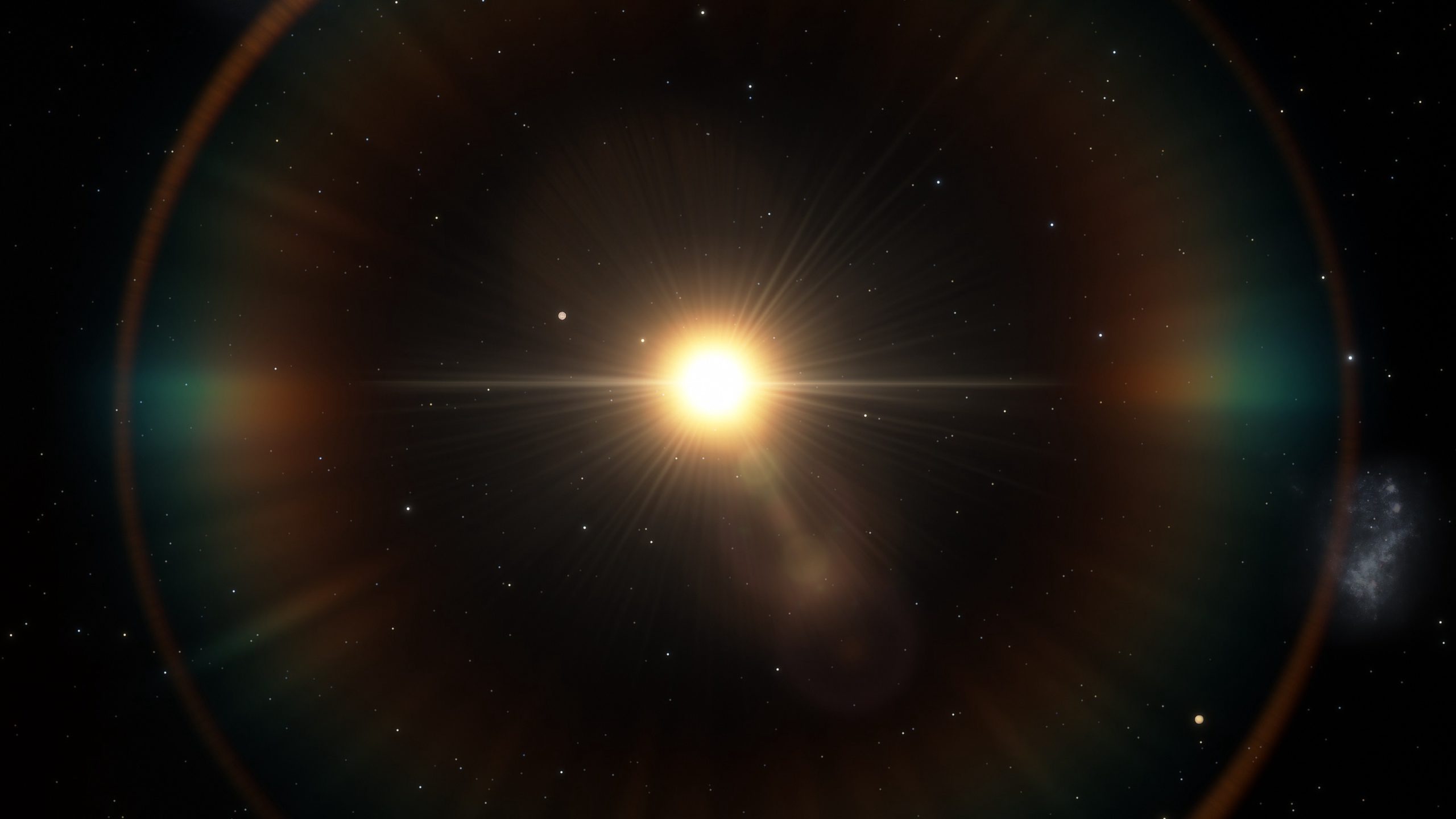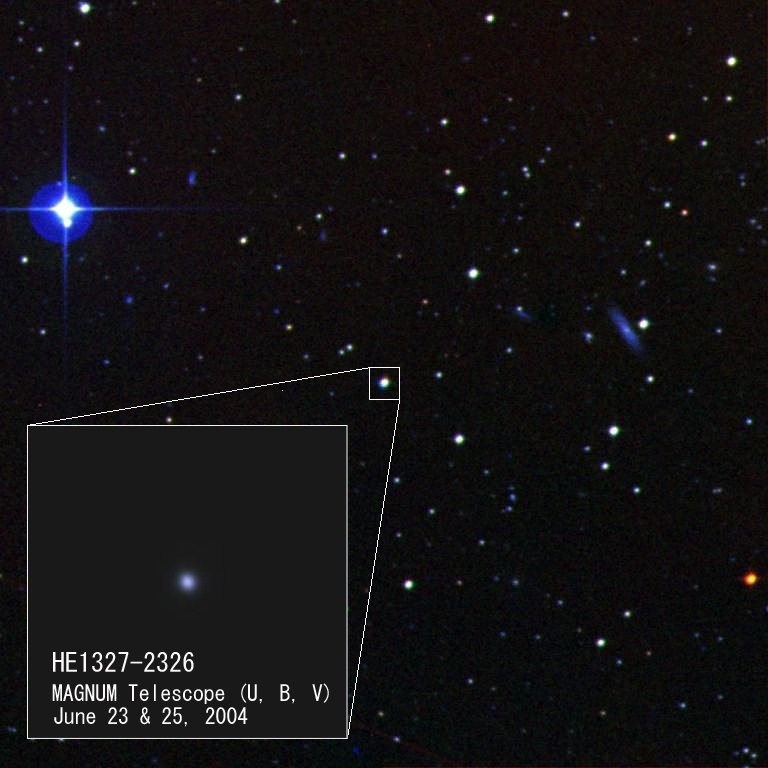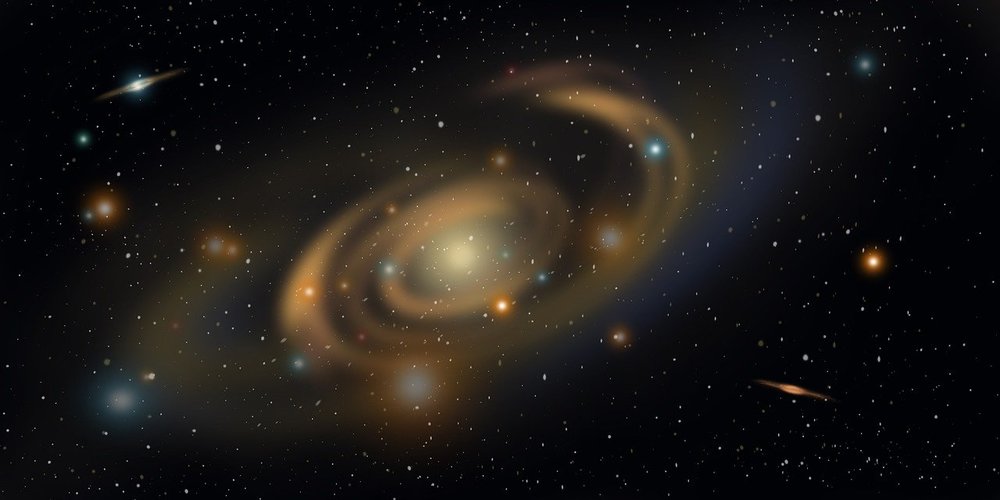Anemic stars; it’s not a word that we are often used to hear. However it happens too; there are infact some stars with a quantity of metals (between which even the iron) much smaller than the others.
But only recently the scientists discovered a dense group of these anemic stars in the disk of the Milky Way.
The new was told by The Astrophysical Journey, one between the most important magazine of astronomy. This discovery brings the sign of an international gropu of research, based in Italy; headed by a scientist from Turine Daniela Carollo of the Inaf (National Institute of Astrophysical).
How do we recognise the anemic stars?
But what does differentiate the anemic stars from all the other planetary bodies?
As we saw in the opening, the word is used to talk about the less quantity of metals inside the “core” of this stars.
These metals are the elements heavier than the hydrogen and helium, that in the “normal” stars reach much more high levels.

Therefore, the anemic stars are different even for a higher presence of “alpha elements”; which are titanium and magnesium.
But it’s not enough. This kind of stars have even a lower rotation speed; which is only 150 km per second, against the 180 of the traditional stars that we are used to know.
The most anemic star of the universe
The existence of the anemic stars was in reality known by the scientists, even if until this moment we didn’t know nothing about their presence in the Milky Way.
Infact in the universe they aren’t the only stars to have a less quantity of heavy metals.
Currenlty the record for the most anemic star is owned by HE1327–2326, a sub giant that is placed in the constellation Hydra, 4000 light years away from the Earth.

This star has up to 1/250.000 of the iron in the Sun, while it should be really reach of carbon and azote.
Right these characteristics brought the scientists to theorize that HE1327-2326 was one of the very first star created after the Big Bang.
Its appearance is approximately dated to 13 billion of years ago, considering even its mass which is a few lower than the Sun one.
HE1327-2326 was indentify for the first time in the 2005 by some researchers of the University of Amburgo.
Two populations of stars in the thick disk of the Milky Way
The discovery of the researchers of the Inaf, coordinated by the doctor Carollo, shed new light about the thick disk that is the Milky Way.
Until this moment, we aleays thought that the disk was made by only one population of stars, all developed in the same way and all with the same characteristics.
But the discovered anemic starts are a different population, so much so that they were promptly called metal weak thick disk.
“Until this moment”, claimed the doctor Carollo in the article appeared on The Astronomical Journey, “we thought that it was only one thick disk. We didn’t even imagine the existence of an indipendent population with different origins.“
Infact, besides to the chemical differences in the structure of the stars, their origin would be different than the other stars too.
Two different phases of formation for the anemic stars
It’s normal to think so that the anemic stars took shape in a previous phase compared to the “traditional” ones.
But how did they developed in two different population of stars?
According to the scientists a possible explenation may be the one to be in a fusion phase between the Milky Way and a second galaxy, which was much smaller and it was afterwards incorporated by the Milky Way.
Only after that a new fusion would bring to the developement of the thick disk that we always known; these stars may be so much younger than the anemic ones.
However they might be developed in an area very close to the center of the early galaxy, then they were thrown even at big distances in the following astronomical changes.
This post is also available in:

